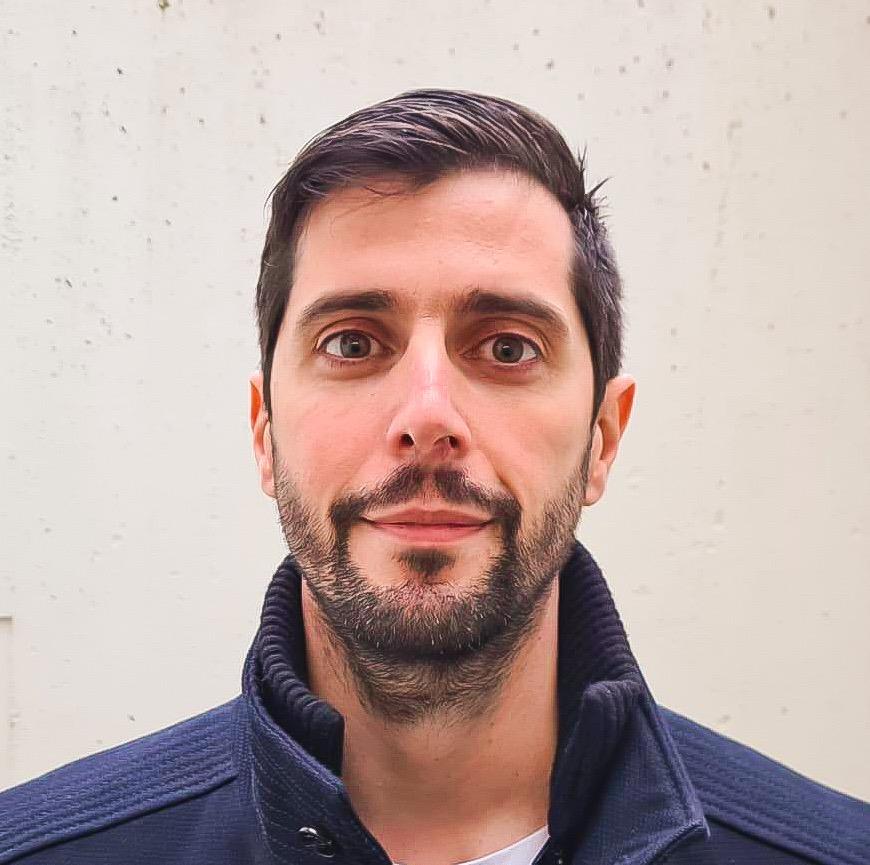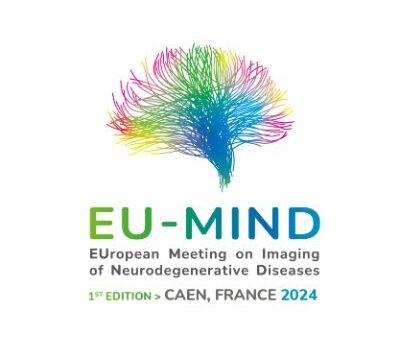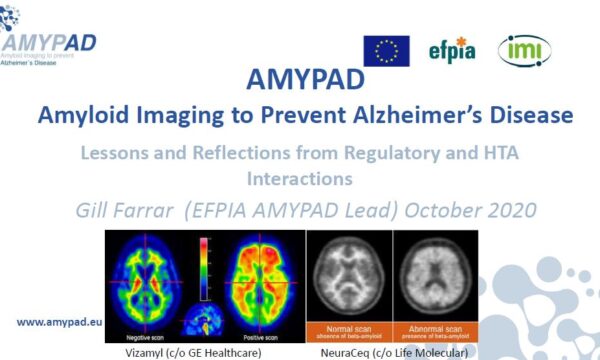What is your current role on AMYPAD?
I joined the AMYPAD team in January 2021 as a data manager and senior researcher. In my role as the data manager of the WP4 (Risk stratification: natural history and enrichment strategies), I am involved in a varied list of tasks that range from the coordination of the multiple teams involved in processing the data (e.g., obtaining, cleaning and integrating), actively exploring it, and supporting the statistical analyses in the study. As a researcher, my main focus is on quantitative PET neuroimaging, with a special interest in PET pharmacokinetics modelling and advanced statistical analyses.
What is your overall vision?
The AMYPAD project is leading the scientific efforts on the use of Amyloid imaging to prevent Alzheimer’s disease worldwide. I believe that the work performed by this team is already shaping our understanding of the disease and the management of Alzheimer’s patients through the utilisation of cutting edge β-amyloid PET imaging.
These efforts are supported by a strong commitment to assuring excellence in all the steps of the scientific process, from the acquisition of the data, its integration and exploration, to the final dissemination and exploitation of the results. I am confident that the outcomes of this project will have a crucial impact on the well-being of many patients.
What do you find most challenging about the project?
The main strength of AMYPAD is its multi-centre nature, but it is also the main source of the challenges. For example, in the AMYPAD Prognostic and Natural History Study (PNHS), we are integrating data from existing projects, each of them with its peculiarities and characteristics, and that is not a trivial task. Which is the optimal approach to combine different tests or clinical measures? This is a recurrent question we have in the study and, in most cases, we are in uncharted territory. But making the decisions to answer those questions is what makes the AMYPAD team a reference in the fight against Alzheimer’s disease and other dementias.



